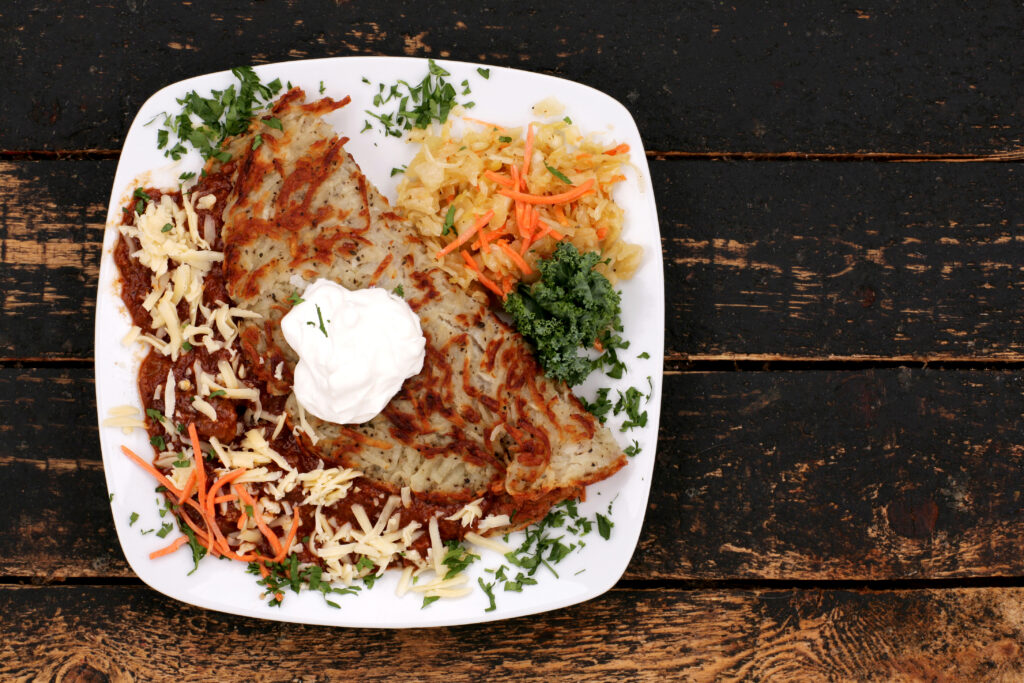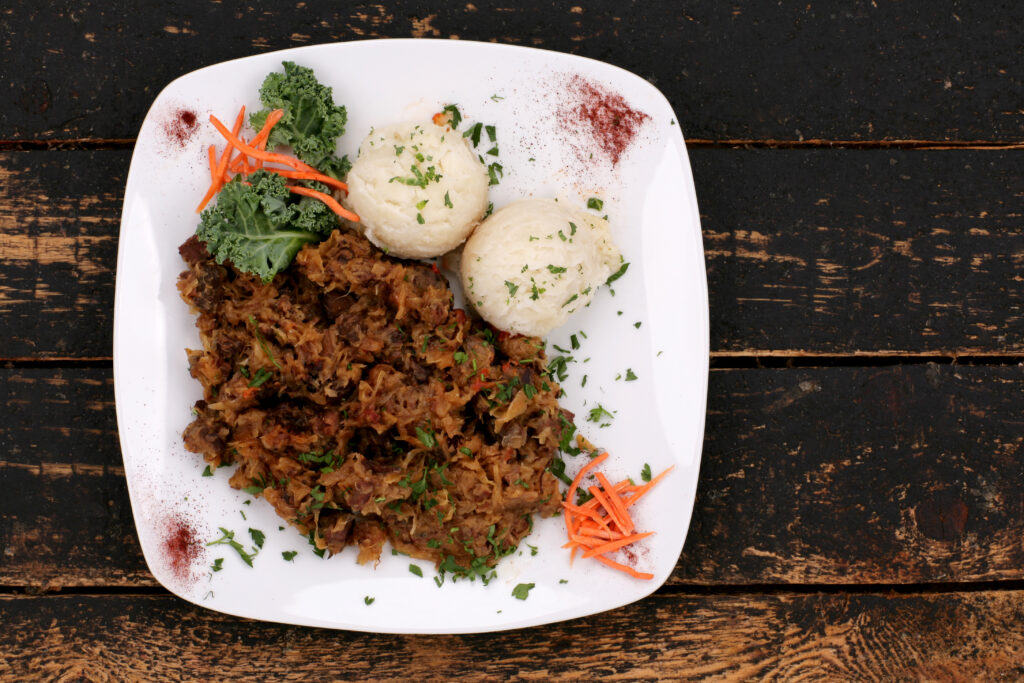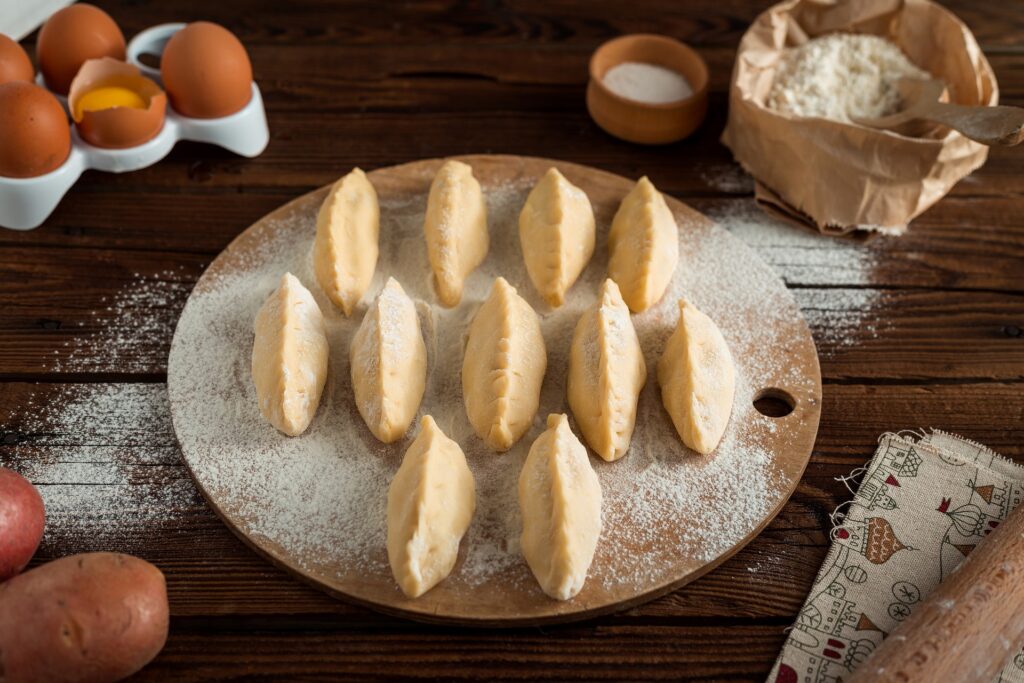WELCOME TO TASTE OF POLAND EUROPEAN TAVERN
Place that makes you feel welcome and at home


Taste of Poland
Welcome do Taste of Poland, authentic Polish and Eastern European restaurant, deli and grocery store. Since 2011 we are the only one place in DFW area where you can try original Polish cuisine. Your are warmly welcome to visit us to taste our delicious dishes based on traditional Polish recipes You won’t be disappointed.
TRADITIONAL POLISH CUISINE
OUR
FEATURES

POLISH DUMPLINGS
When you think about Poland, one thing probably comes to your mind: pierogi! They don’t need any introduction. Pierogi (the word ‘pierogi’ is plural in Polish, the singular is one ‘pieróg’ – pronounced pye-ROOG) are the most recognizable Polish food abroad. They are half-circular dumplings usually made from noodle flour dough, and sometimes from pastry dough. Pierogi are stuffed in a similar fashion to many other types of dumplings, for example the Japanese gyoza or the Italian ravioli.
Polish pierogi are usually boiled in salted water. Baked or even deep fried are also very popular. There exists tons of recipes both for the stuffing and for the dough.
A bit of pierogi history…
Pierogi arrived on Polish territories in the 13th century. The were probably imported from the Far East via eastern neighbors such as Kievian Rus (today's Ukraine) perhaps thanks to Hyacinth of Poland (a monk in a Kiev monastery who became patron saint of pierogi). In the past, pierogi were more popular in the eastern borderlands of Old Poland than in the west. The first written pierogi recipes come from Compendium Ferculorum a book published in 1682. It was the first Polish cookbook of the renowned cook Stanisław Czerniecki. What was the stuffing for those ancient pierogi? No potatoes (which were unknown in the 17th century in Poland...) but chopped kidneys, veal fat, greens and nutmeg.
Flavors and fillings
It seems that pierogi ruskie, which are stuffed with potatoes and quark cheese, are one of the most popular varieties nowadays. The name pierogi ruskie, which is commonly translated as Russian dumplings, misleads not only Poles but also foreigners. Make no mistake! The name does not indicate any Russian origin since such food is unknown there. Ruskie pierogi arrived from a prewar region of Poland which is now part of Ukraine. Indeed, before 1945 Ukrainians used to call this particular variety of pierogi ‘Polish pierogi’. It is likely that “pierogi ruskie” were created by Poles living in Ukraine at the time. These pierogi therefore obtained their new moniker – ruskie - after WW2, when thousands of Poles were forced to leave their homes in Western Ukraine and relocate to the West of Poland.
Pierogi with meat fillings are quite popular as well: pork, beef, chicken and veal, often served with bacon. More sophisticated versions come with lamb, duck or goose meat. Meat is first cooked and then ground. The filling may vary according to the region and the season. In some regions, buckwheat or other grains or pulses like lentils are common. Some local versions also call for sausage, farmers’ cheeses for example sheep’s cheese (bryndza) from the Tatra mountains. Others require fish, for example herring. In autumn and winter a lot of Poles eat pierogi with braised sauerkraut and dried forest mushrooms. They are also part of the customary Christmas Eve dinner. Traditionally pierogi are served with simple toppings: fried onions, lardons, melted butter, sour cream or pork rinds. These toppings may also be upgraded or replaced with more complicated sauces, as well as fresh herbs like parsley, chives, dill, mint, thyme, rosemary, tarragon or basil. The richness of spring and summer vegetables allows for surprising pierogi variations. Polish foodies and gourmets experiment with green veggies like asparagus, spinach, green peas, fava beans, sorrel or broccoli mixed with some good local cheese.

POLISH CUISINE
If you want to try traditional Polish cuisine, please stop counting your calories. Typical meals are very hearty and often contain a lot of meat. Just sampling them is enough to discover that they are really delicious and worth putting on a few ounces. The most typical ingredients used in Polish cuisine are sauerkraut, beetroot, cucumbers (gherkins), sour cream, kohlrabi, mushrooms, sausages and smoked sausage. A meal owes it taste to the herbs and spices used, such as marjoram, dill, caraway seeds, parsley, or pepper
Polish cuisine has evolved over the centuries to become very eclectic due to Poland's history. It shares many similarities with other West Slavic/European countries like Czech and Slovak. It has also been widely influenced by other Central European cuisines, like German, Austrian and Hungarian, as well as Jewish, French, Turkish and Italian culinary traditions. It is rich in meat, especially pork, chicken and beef (depending on the region), winter vegetables, spices, and herbs. Same it is also characteristic in it’s use of various kinds of noodles.
Generally speaking, Polish cuisine is hearty and heavy in its use of butter, cream and eggs. The traditional dishes are often demanding in preparation. Many Poles allow themselves a generous amount of time to serve and enjoy their festive meals, especially Christmas Eve Dinner (Wigilia) or Easter breakfast which could take a number of days to prepare in their entirety.
The Polish national and the most popular dishes:
- bigos (sauerkraut and meat stew)
- pierogi (Polish dumplings)
- kiełbasa (Polish sausage)
- kotlet schabowy (pork cutlet)
- gołąbki (stuffed cabbage rolls)
- zrazy (beef roulade);
- pieczeń wołowa (beef roast)
- zupa ogórkowa (cucumber soup)
- zupa grzybowa (mushroom soup)
- zupa pomidorowa (tomato soup)
- rosół (chicken noodle soup)
- żurek (sour rye soup);
- flaki (tripe soup)
- barszcz czerwony (red borscht)
Regional cuisine.
Poland has a number of unique regional cuisines with regional differences in preparations and ingredients. For an extensive list of the dishes typical to Galicia, Kresy, Podlachia, Masovia (including Warsaw), Masuria, Pomerania, Silesia, Lesser Poland, the Tatra mountains and Greater Poland (see List of Polish cuisine dishes).
- Zupa pomidorowa - Tomato soup usually served with pasta or rice.
- Kartoflanka - Potato soup.
- Barszcz - Its strictly vegetarian version is the first course during the Christmas Eve feast, served with dumplings called "uszka" ("small ears" dumplings) with mushroom filling (sauerkraut can be used as well). It is made out of beetroot.
- Czarnina also Czernina - Duck soup or duck blood soup made with duck broth and duck blood, the latter giving the soup a dark color, hence the "czarny" or black. Recipes vary widely, but often sweet and sour ingredients are added, typically vinegar and often sugar, fruit juice or fruit (e.g., prunes, pears) and it is usually served with the duck meat and Kluski-style noodles.
- Chłodnik - Cold beet soup made of soured milk, young beet leaves, beets, cucumbers and chopped fresh dill.
- Zupa buraczkowa - Red beetroot soup with potatoes. Similar to traditional Barszcz although different recipe. However both use beetroot.
- Zupa szczawiowa - Sorrel soup made of sorrel leaves, served with hard boiled egg.
- Flaki or Flaczki - Beef or pork tripe stew with marjoram. Common ingredients include beef tripe, beef, bay leaf, parsley, carrot, beef broth, and spices to taste, including salt, black pepper, nutmeg, sweet paprika, and marjoram.
- Rosół - Clear chicken soup served with noodles.
- Zupa grzybowa/pieczarkowa - Mushroom soup made of various species of mushroom.
- Zupa ogórkowa - Dill pickle soup of sour, salted cucumbers, often with pork.
- Żur or Żurek - Żur with potatoes, Polish sausage (kielbasa), and egg (jajko). Depending on the part of Poland it came from it may contain mushrooms as well. This dish is also called żurek starowiejski (old style countryside rye soup).
- Grochówka - Pea soup, with potato, carrot, kielbasa.
- Kapuśniak - Cabbage soup with chicken, carrot.
- Zupa jarzynowa - Chicken with vegetables bouillon base vegetable soup.
- Zupa owocowa - fruit soup, served cold with different fruits during hot summer.
PLACE THAT MAKES YOU FEEL WELCOME AND HOME
Opening hours
Location
2301 Central Expy #155
Plano, TX 75075, United States



